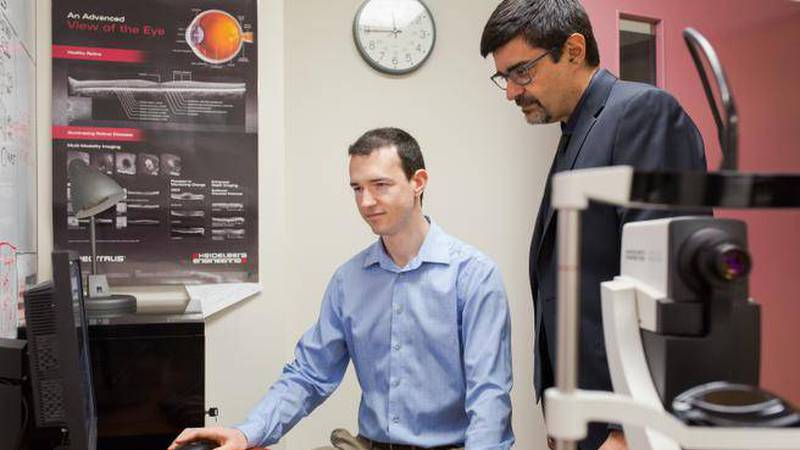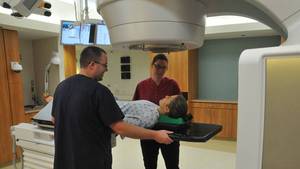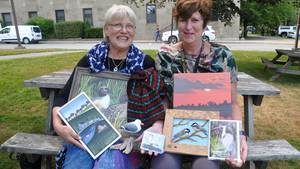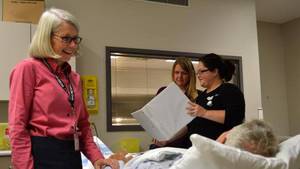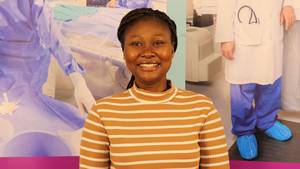Dr. Jayme Vianna’s intense curiosity about a small nerve at the back of our eyes and his desire to learn more about it, led him thousands of kilometres away from home to work with some of the world’s top glaucoma specialists.
“If you want to do glaucoma imaging research in Canada — the QEII is the place to be,” says Dr. Vianna, who earlier this year became the QEII Foundation Scholar in Glaucoma Research, endowed through the QEII Foundation. “It is one of the best centres in the world.”
Born in São Paulo, Brazil’s biggest city, Dr. Vianna stayed close to home when he decided to study medicine at the University of São Paulo. After practising as a glaucoma specialist in that city, his thirst to learn more about the complicated disease, in which damage to the optic nerve leads to progressive, irreversible vision loss, prompted him to apply to Dalhousie University.
In 2014, Dr. Vianna arrived in Halifax to do a Fellowship in Glaucoma Research. Excited to work with some of the best glaucoma specialists, he focused his research on finding ways to improve optic nerve imaging. His work in São Paulo had taught him that imaging is key to better diagnosing and treating patients.
“Having worked as a physician, I know how it feels not knowing if this patient has glaucoma or not. I know how important the imaging devices are,” says Dr. Vianna.
Most of Dr. Vianna’s research takes place on an optical coherence tomography (OCT) device. The medical imaging technology uses a laser light to allow specialists to see deep inside the eye to places like the optic nerve. Connecting the eye to the brain, the optic nerve’s job is to send visual information from the retina to the vision centre of the brain through electrical impulses.
“The imaging has really revolutionized how we can see the eye,” says Dr. Marcelo Nicolela, the QEII’s head of ophthalmology and a fellow graduate of the University of São Paulo. “We can look at things we never thought we would be able to see.”
Imaging is key to determining not only who is at risk of developing the disease, but early diagnosis and subsequent treatment.
“Glaucoma is a tricky disease,” says Dr. Nicolela. “It begins as an asymptomatic disease, meaning a patient may show no symptoms at first.”
By combining the information made available through the imaging, Dr. Vianna aims to make it easier and more accurate for specialists to use. By being able to better interpret the information, specialists will make clinical decisions more quickly and more accurately.
“My research has the potential to help a lot of people,” says Dr. Vianna.
Dr. Nicolela is excited to have Dr. Vianna as part of the QEII’s ophthalmology team. Since moving to Halifax two decades ago, Dr. Nicolela has helped grow the team to more than 20 clinicians and researchers. He plans to continue building its stellar reputation in glaucoma research and care.
Part of what makes the QEII’s team so strong, says Dr. Nicolela is its ability to work closely with patients, some of whom have been taking part in studies for two decades. Having the ability to track patients closely over a long period of time is key to better understanding the disease, which affects about 500,000 Canadians each year.
“We collaborate a lot,” says Dr. Nicolela. “This helps to have better quality of care.”

